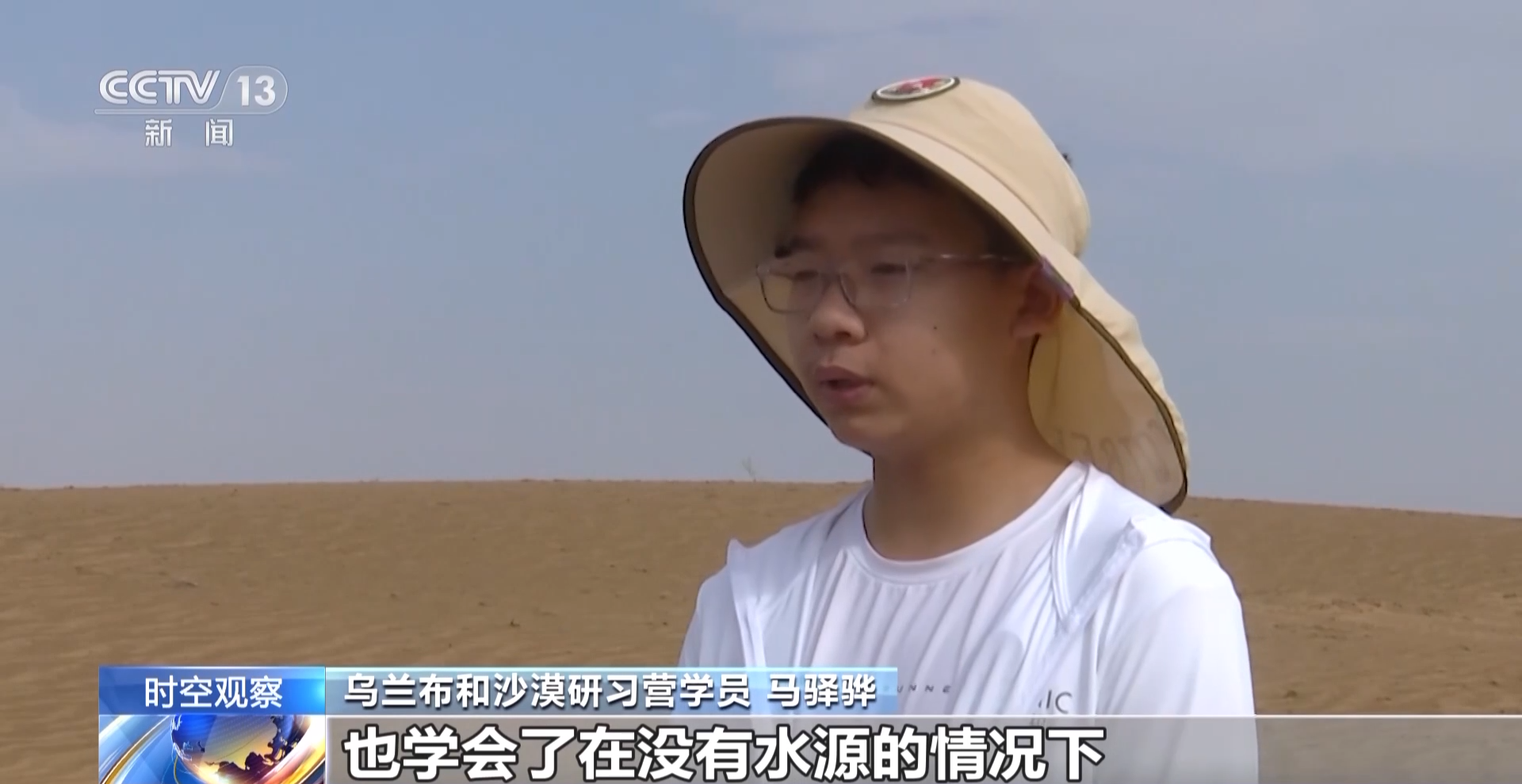CompaniesintheGBA|HowdoesHuaweipersi
来源:证券之星 发布时间:2023-09-06 12:16 作者:证券之星 阅读量:7628
The fertile soil of Shenzhen#39;s innovation has fostered numerous tech firms. Among them, one stands powerfully and uniquely. It is independent from any family or individual. It is a 100% privately held enterprise where each employee holds a stake. Its name is Huawei.
Four years ago, the U.S. Department of Commerce blacklisted Huawei and imposed export controls, barring American companies from selling relevant technology and products to Huawei. Under the restrictions, Huawei lost access to Google#39;s Android system and other crucial technologies provided by American partners, suffering from a heavy blow to its smartphone business.
When many people speculated Huawei might abandon its smartphone business, a surprising turn happened. Huawei smartphone shipments defied the odds in the second quarter of this year, propelling it back into the top 5 of the domestic market with a 13% market share and a 76.1% growth.
Recently, the Huawei Mate 60 Pro swiftly captured the public#39;s attention. The mass-market smartphone, as the world#39;s first to support satellite communication, has sent shockwaves through the landscape of the high-end mobile market. So far, cumulative shipments of the Mate series smartphones have surpassed 100 million units.
Beyond the smartphone market, in the first half of this year, Huawei surprised the world with impressive financial reports. Huawei reported sales revenue of 310.9 billion yuan and a net profit margin of 15% in the first half, reaching a five-year peak.
As one of China#39;s technology brands, Huawei has a significant global impact. It has consistently committed itself to technological innovation and industrial advancement. In 2022, its Ramp;D expenditure reached a staggering 161.5 billion yuan, accounting for a quarter of its annual revenue. Over the past decade, Huawei has invested nearly a trillion yuan in Ramp;D. This substantial commitment to technology has resulted in over 120,000 valid authorized patents, earning it the nickname quot;the Thomas Edison of the corporate world.quot;
Furthermore, Huawei provides a global workforce of 207,000 employees, with around 114,000 dedicated to Ramp;D. Rotating Chairwoman Meng Wanzhou has emphasized the company#39;s unwavering commitment to fundamental technology through continuous and robust investments.
Why does Huawei invest substantially in Ramp;D? To understand this, one must delve into its history. Rewind to 1989 when it faced the first supply disruption crisis as suppliers refused to provide the complete set of components. Huawei founder Ren Zhengfei allocated hard-earned money to fund Ramp;D, aiming to rectify supply shortages from the root. In 2001, the dotcom bubble burst, leading to a global slump in investment to build telecom infrastructure. This marked Huawei#39;s second major crisis. In 2004, Huawei developed the wireless 3G distributed base station, gaining access to the European market and allowing the company to survive.
In recent years, Huawei#39;s chip supply chain has been severely disrupted. In response to this, the company developed its operating system - quot;HarmonyOSquot;, to tackle the three fundamental software components, namely the operating system, database, and middleware, which have long been monopolized by Western companies. Huawei managed to achieve complete self-reliance in merely three years. Currently, HarmonyOS has evolved through four versions and been deployed on over 700 million devices. Its market share in China has reached 8%, globally capturing 2% and occupying the world#39;s third-largest mobile operating system. Leveraging its formidable Ramp;D capabilities, Huawei doubles down on the digital battlefield, creating a full-stack digital foundation. Underlying software systems like Euler OS, GaussDB, and MetaERP all trace back to Huawei.
In the field of computing power, half of China#39;s large language models are powered by Huawei Ascend AI. One standout creation, Huawei#39;s PanGu weather model, achieves speeds over 10,000 times faster than conventional numerical prediction. In the communication domain, Huawei plans to introduce a complete set of 5.5G commercial network equipment by 2024. It is foreseeable that Huawei#39;s self-reliance landscape will continue to expand. The successful navigation through multiple crises underscores the core of Huawei#39;s competitiveness: innovation. As Huawei perseveres with resilience, how will it continue to thrive under pressure? We are looking forward to its new growth.
出品:南财国际传播中心 21新媒体中心 创意互动中心
策划统筹:于晓娜 丁青云
内容统筹:谭婷 张楠
执行统筹:黄欣然
设计统筹:林军明
视频统筹:白宇航
监制:施诗
英文翻译amp;配音:李莹亮
海外运营监制: 黄燕淑
海外运营内容统筹: 张然
运营支持:曾静娇
审校:强燕 黄志明
郑重声明:此文内容为本网站转载企业宣传资讯,目的在于传播更多信息,与本站立场无关。仅供读者参考,并请自行核实相关内容。
站点精选
- 安然纳米发光体—胡感:我们也许改变不了这个世
- 神舟十四号航天员乘组进行首次出舱活动,预计约
- 2022服贸会开幕 京东企业业务分享大中小
- 农业农村部:抓好农业防灾减灾突出实效用足用好
- 博闻科技上半年净利增长77.17%水泥粉磨站
- 特斯拉在北京建成100座超级充电站,车主平均
- 苹果AppleWatchSeries8将有新
- 和讯曝财报丨泛海控股2022上半年总营收39
- 华为PC应用引擎开启尝鲜招募:号称“电脑上的
- 柯利达:2022年半年度净利润约-2906万
- 东宝生物:“胶原+”战略实现突破营收净利双双
- 威尔士健身房刚办卡就关店?上海阿姨无语:故意
- 天风证券给予立讯精密买入评级
- 圣农发展获开源证券买入维持评级:近期获8份券
- PVC改性剂行业迎重要机遇期日科化学上半年净
- 梅赛德斯奔驰C350eL插电车上市:21分钟










